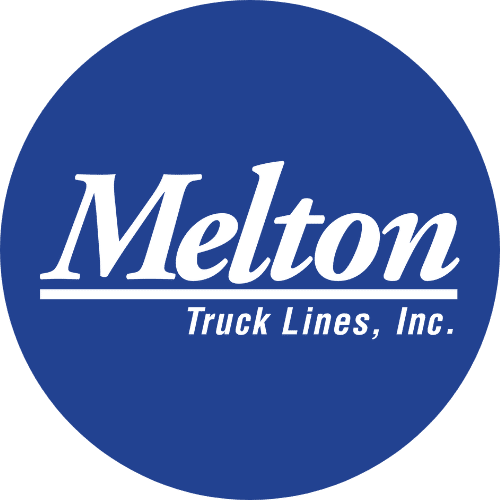
Planning for Retirement as a Truck Driver
After many years and millions of miles, retiring from the transportation industry comes with some unique challenges and demands that may make planning for retirement difficult. According to a 2023 study conducted by CCJ, 28% of truck drivers are not saving for retirement at all, and only 42% of company drivers reported their company had some sort of retirement program. Long hours, irregular schedules, and varying income may make conventional planning seem daunting. However, there are steps that any driver can take, at any time and at any age (in many cases, the earlier the better), to secure a bright and financial future to support the golden years.
#1. Set a Goal
Retirement planning is crucial for everyone, and setting the plan in motion may seem scary. Going from the constant work of driving across the country to potentially staying at home full-time can seem like it’s too much to handle. Regardless of the path you might choose for that time, it’s important to set both personal and financial goals that you want to meet prior to stepping off the truck.
Think about how you want to spend your time in retirement: do you want to spend more time with family, get into new hobbies, or do some travelling? Deciding what you want your retirement to look like can help you determine the financial goals you need to meet to accomplish it, and can motivate you to begin saving. Setting up realistic financial goals you want to attain like reaching a certain balance in your retirement accounts, bringing down any current debts prior to retirement, or setting aside funds for larger purchases down the line should be a major part of your retirement plans.
#2. Start Early
It’s true that in most circumstances, the earlier you start, the better off you’ll be. Getting a head start on your savings or investing in your accounts early will yield a bigger safety net. If you are younger and have time on your side, you have more flexibility to take advantage of riskier investments that yield higher rewards, and can accumulate larger sums of money which will accrue more interest over time.
#3. Understand Your Options
While many planning for retirement consider using Social Security income or money in a traditional savings account, there are a plethora of options that can be accessed on top of these that can increase your income and help beat inflation rates. Accounts like a 401K, Traditional IRAs or Roth IRAs are popular options and relatively simple to set up, but investing in real estate or other options can be a good idea too. All have different requirements and may require an initial investment, so taking the time to understand what is readily available to you will benefit you more in the long run.

#4. Factor in Lifestyle and Expenses
Determining a monthly budget can be difficult, especially if you need to forecast those costs several years (or decades) in advance. A reasonable place to start when estimating those costs is to start with what you’re currently managing and adjust that amount for possible inflation. You’ll also want to consider if you’ll be taking trips, moving to a new area, or if you’re going to be taking on new monthly expenses. Generally, financial institutions estimate retirees need 70% of their current monthly income per month to live comfortably.
#5. Speak with a Professional
At the end of the day, there is only so much research you can conduct on your own, and planning for retirement as a truck driver can be especially complex. Speaking with a financial professional, preferably one that specializes in retirement accounts, will give you a firm set of options that you are eligible to sign up for if you aren’t finding the answers you need. Even speaking with other truck drivers who have established their own plans for retirement can help steer you in the right direction.
Regardless of whether retirement is right around the corner, or years down the road, taking the steps now to build up a robust plan and comfortable safety net will make it easier to step off the truck. Melton Truck Lines has a 401(k) match program that can help you prepare – learn more about it here, or check out the rest of our benefits page to learn all the benefits we provide to support our drivers.

About the Author: Melton Truck Lines
Since 1954, Melton Truck Lines has set out to provide quality transportation services to customers, all while treating our drivers like family. Over 70 years later, Melton remains a leader in flatbed transportation.
Keep up with us on social media, or check out our other blogs below!
